The World's Dumbest, Greatest Adventure
Mongol Rally participants drive 10,000 miles across Europe and Asia without a clue
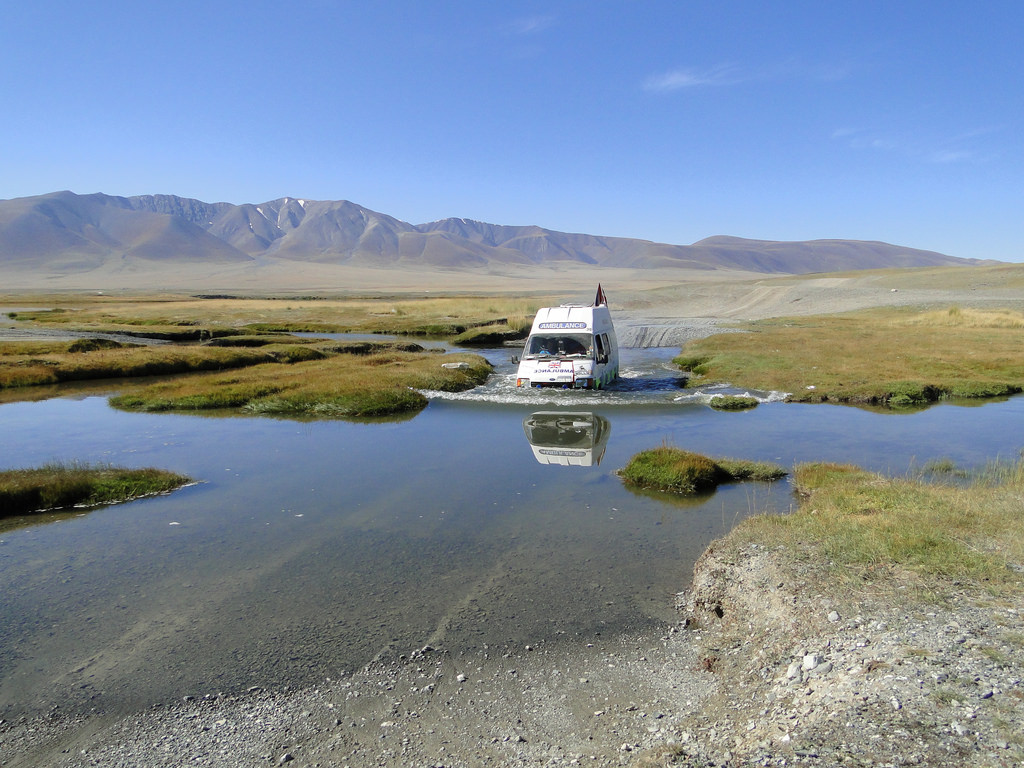
Every summer, hundreds of thrill-seekers flock to Goodwood Motor Circuit, a historic race track in the south of England. They gather, dressed in themeless costumes, to participate in what some refer to as the greatest adventure in the world. No training or planning is required or even recommended, so participants are as young as eighteen and have been as old as seventy. Their ranks include penniless students, successful business types, and some that are “in between jobs.” But for a month and half, they all share a common goal: get to Mongolia. They’re participating in the Mongol Rally, a 10,000-mile journey in comically unreliable cars from the UK to a city in eastern Siberia.
There are no prizes for being first across the finish line. Instead, teams are encouraged to one-up each other to see who can complete the Rally under the toughest conditions. Anyone can drive a quarter of the way around the world in a Range Rover; it takes a certain industriousness to do it in a vehicle that would qualify for Cash for Clunkers. The Mongol Rally’s website tells teams:
“You must bring the shittest rolling turd of a car you can find. Use a car you swapped for a bag of crisps.”
Think of the Mongol Rally as the equivalent of trying to run a marathon in house slippers while shotgunning beers at every checkpoint. It starts out funny and gets exponentially more ridiculous and dangerous the further along you get.
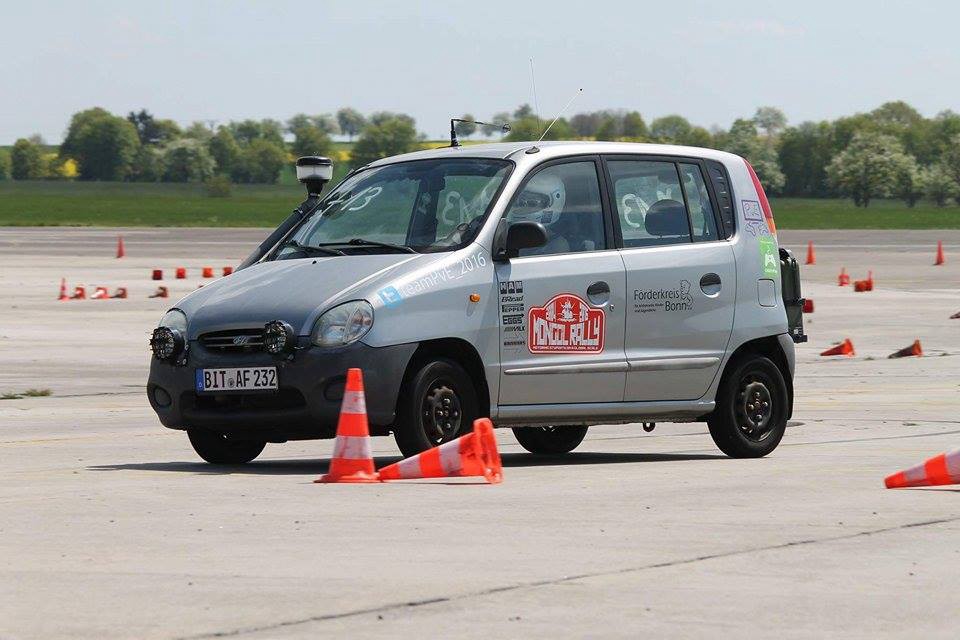
The Mongol Rally is “organized” (these quotes will make sense later) by a UK-based outfit known as The Adventurists. For the past twelve years, The Adventurists have brought together people from all across the world to participate in various adventures that are guaranteed to make your friends laugh and your mom cry. Next week, on July 17th, more than 900 people will gather at Goodwood to set off on the largest ever Mongol Rally. It’ll take teams about five weeks to travel a distance similar to the drive from New York to Los Angeles and back — twice. Most teams just hope to finish. Many won’t. “If you’re guaranteed success, it’s pretty predictable,” said Dan Wedgwood, the managing director of The Adventurists. “It’s…more fun not knowing if you’re going to make it,”
There are three rules to the Mongol Rally, which have mostly stayed the same since its inception:
Rule 1) If the car looks like it would survive a trek across seven different time zones and multiple deserts, it’s probably not allowed. Specifically, cars must have an engine smaller than 1.2 liters (for reference: most modern Mini Coopers have an engine size between 1.4 and 1.6 liters).
Rule 2) Beyond occasionally posting in a Facebook group, the Adventurists offer no help. They tell where you the Rally starts and where it ends. Teams are on their own to plan a route, obtain visas, and decide what to bring.
Rule 3) Each team has to raise a £1,000 for charity. Half goes to a charity of the team’s choice and the other half supports the Rally’s official charity, The Cool Earth Foundation.
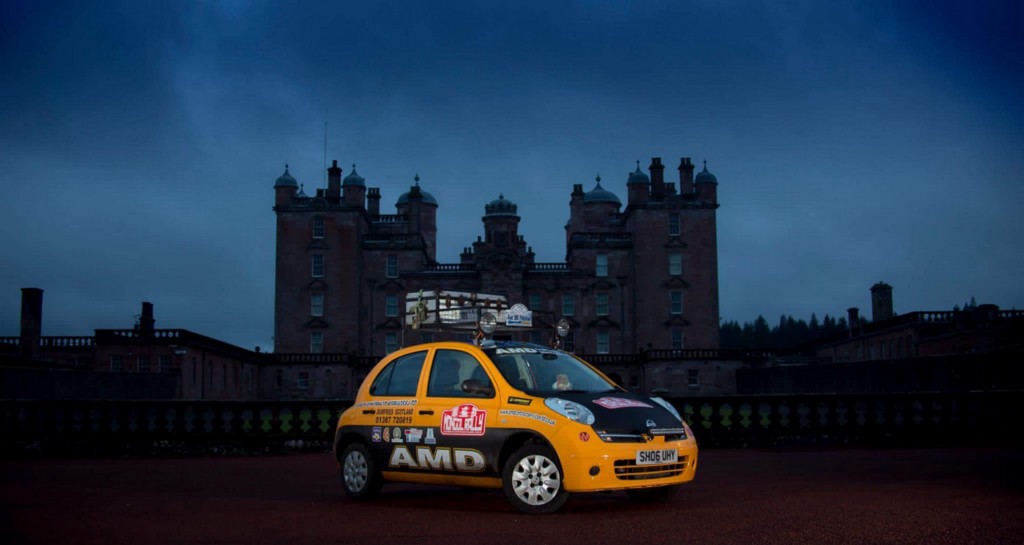
The Adventurists and the Mongol Rally date back to 2001, when Tom Morgan, the original founder, drove a Fiat 126 from the Czech Republic to the stupidest place he could think of (Mongolia). A few years later, in 2004, Morgan convinced a handful of friends to partake in the inaugural Rally. Since then, Morgan and the rest of The Adventurists have made a living out of organizing different escapades where the only thing at stake is bragging rights.
The Adventurists organize six other events, including a Rickshaw Run across India, and something called an Ice Run, where participants motor across 400 miles of frozen river in Siberia on Soviet-era motorcycles during the dead of winter. And then there’s the Ngalawa Cup, where teams try to sail a boat that’s been hollowed out of a mango tree through the waters of Zanzibar. But the Mongol Rally has always been the organization’s bread and butter, and it’s never been more popular.
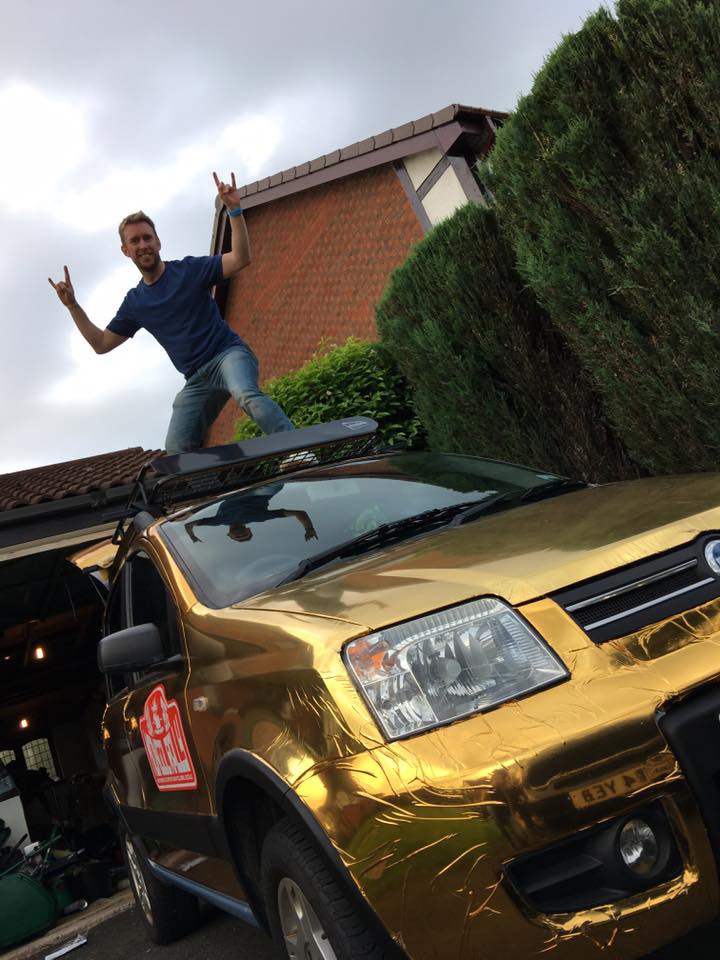
“I thought it’d be funny for awhile and then I would probably die,” said Dan Wedgwood, who first got involved with The Adventurists in 2005. Fresh out of university, Wedgwood was toiling away at an office job that he found miserably boring. He had plans to quit the job and take a reverse Trans-Siberian Railway trip until a friend told him, “Stop being a pussy. You’ve already got a really bad car. Why don’t you just drive to Mongolia in my cousin’s Rally.” So Wedgwood ditched his train plans and signed up. That year’s Rally saw 43 teams start and only 18 finish. “We were all just idiots,” he said. Wedgwood brought a few tools for repairs — among them, a screwdriver that he later learned was made for fixing sunglasses.
After completing his first Rally, Wedgwood helped Tom Morgan turn The Adventurists into a money making enterprise. Sort of. At first, most of the participants were, like Morgan and Wedgwood, broke college graduates. It wasn’t clear how the organization would survive without enough participants who could pay an entrance fee. “We weren’t very clever business people…It was kind of like let’s go run some adventures and if we can pay ourselves in wages that’d be marvelous,” said Wedgwood.
In 2006, 143 teams signed up for the Rally — triple the number from the previous year. The Adventurists, who couldn’t afford an advertising budget, attribute the uptick to word of mouth and free press from curious journalists. Twelve years later, that’s still how most people discover the Rally.

Joe Rittenhouse was one of the last four contestants in a competition where the object was to keep a hand on a statue of George Washington the longest. A $2,000 cash prize was at stake. “I tried to negotiate that if we all let go, we’d split the prize four ways,” recalled Rittenhouse, a twenty-six-year-old from Collegeville, Pennsylvania. But one contestant wouldn’t budge. The hold-out told Rittenhouse that he needed the money for that year’s Mongol Rally. That was four years ago, and he’s been looking for someone to join him on the Rally ever since. This year, Rittenhouse convinced his girlfriend and a few others to register as “Team Keystone.”
Like most participants, Rittenhouse is woefully unprepared. His entire knowledge of car maintenance is limited to a 20-minute crash course his cousin, a mechanic, gave him one afternoon a few weeks before the Rally. “He showed me where the belt goes, and where the fuel line is, and the three things that make an engine run, and that was about it,” Rittenhouse said with the casual hubris of someone who doesn’t yet know he’s going to be in trouble. When asked why he wanted to participate in an event where finishing wasn’t guaranteed, Rittenhouse said he wanted to know how he’d handle himself if he was in the middle of nowhere and something went wrong. “If I don’t make it, I’m going to do the rally again. It’s that simple. It’s a test I’m determined to complete,” said Rittenhouse, who will be riding along in a Nissan Micra and a Hyundai Atos.
Elsewhere, Rittenhouse could rightfully be scolded for his lack of preparation. But the Mongol Rally discourages planning. In fact, foolhardiness is rewarded. One of the prizes The Adventurists give out is for the team that’s “Least Likely To Make It.” In 2014, that went to a participant who brought a Ferrari 456 to the Rally (they made an exception to the 1.2 liter rule). He got to Georgia before turning around.
The Rally is intentionally designed to maximize setbacks, mechanical or otherwise; teams are forced to embrace their helplessness. And so the teams that do finish tend to be the ones that are most cooperative and courteous with border guards, policemen, and local mechanics.
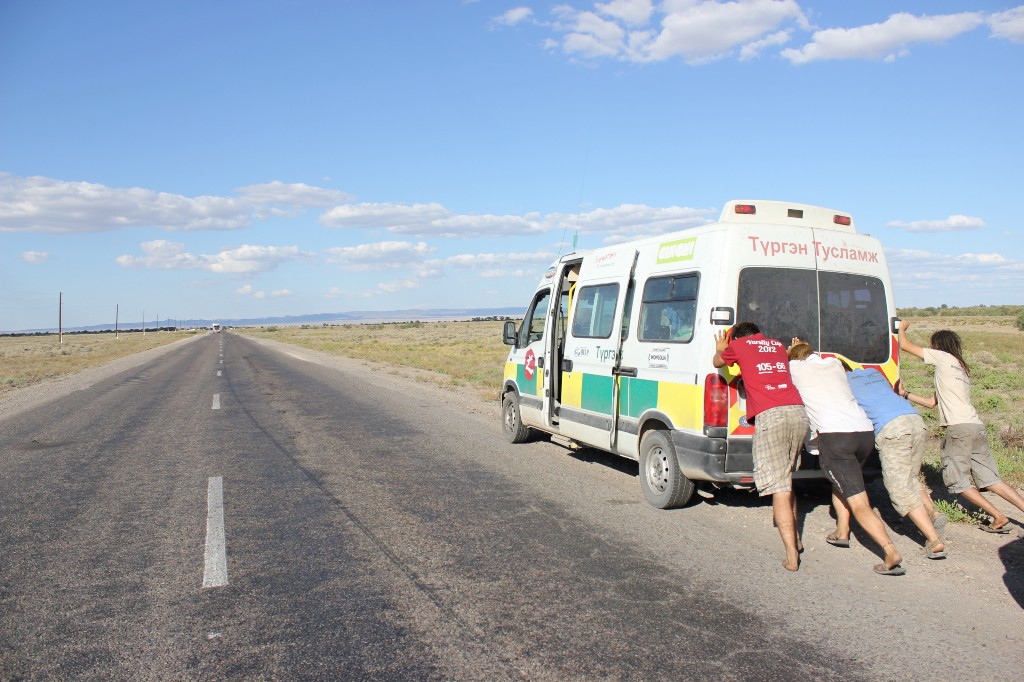
But not everyone appreciates the fly-by-the-seat-of-your-pants mentality that The Adventurists peddle. Jin Choi, from Edmonton, Alberta, had an unforgettable time in last year’s Rally, but has no intentions of participating in another Adventurists-organized event. “They offer no help…It’s literally their motto to go on an unsupervised adventure,” said Choi, a 24-year old graduate student. He didn’t understand why The Adventurists charged an entrance fee. For £650, teams receive t-shirts and a few parties at certain checkpoints during the Rally; the rest is exchanged for memories.

As the Rally has grown in popularity, it’s become more diverse. About a quarter of the participants are women, the average age is in the late-twenties, and last year’s Rally had participants from twenty-five different countries. Despite its growing popularity, Wedgwood dismisses the notion that the Rally has been watered down. He believes, if anything, it’s gotten more dangerous, especially as more teams forgo a ferry across the Caspian Sea in favor of driving south through Iran.
Last year, eight participants ended up in the hospital during the course of the Rally. In 2010, one was killed in a car wreck. Wedgwood says he doesn’t pressure anyone to participate. Instead, he recommends they watch a YouTube clip of the Rally. “If it make you shit your pants, don’t bother.”
As for the future of the Rally, Wedgwood said he’d rather cancel it before making a change that goes against the Rally’s original ethos. “If we just started changing stuff for the sake of it…we’d just become any other bullshit travel company that’s just trying to design stuff for people who will buy something for the maximum amount of money,” Wedgwood said.
This year, The Adventurists are embedding videographers with teams. The goal is to capture enough footage for a possible television show. There’s been some interest, but pickup is far from guaranteed. Wedgwood wouldn’t have it any other way. For him, it’s more fun not knowing if he’s going to make it.
Owen Phillips will participate in this year’s rally. His mother isn’t thrilled.
